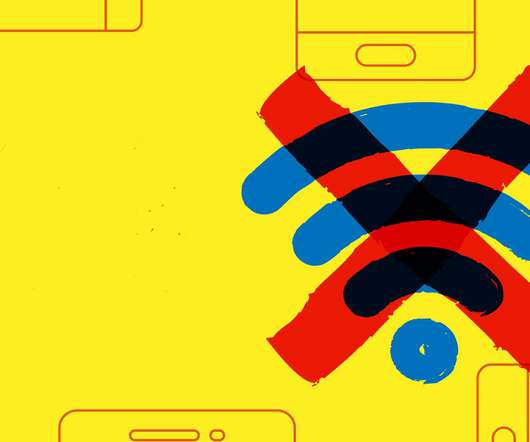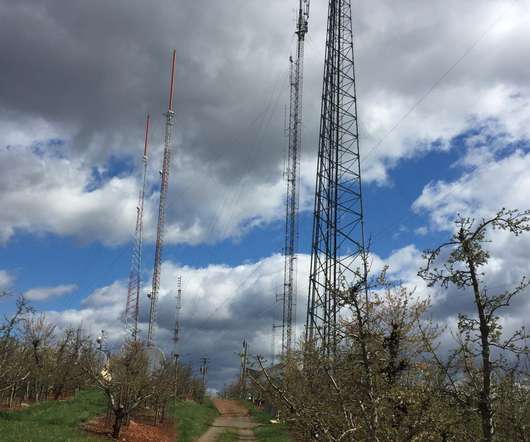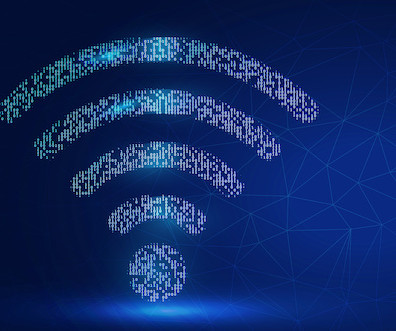K–12's Digital Transformation Is Giving Libraries a Modern Makeover
EdTech Magazine
NOVEMBER 8, 2018
The space was outfitted with modern furniture, laptops and audiovisual equipment. . Besides expanding internet use, districts can outfit makerspaces with the proper tools and technology — laptops, 3D printing, coding kits — for students to get started. Computer Labs Make Way for 1:1 Device Programs.





























Let's personalize your content